Mostofa KHAN – David BRIE – Olivier ZiELINSKI – Debora MILORI
***************************************
 M. Khan (Institute of Surface-Earth System Science)
M. Khan (Institute of Surface-Earth System Science) 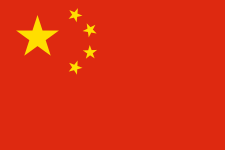 : Professor at the Institute of Surface-Earth System Science, Tianjin University, China. He received his double MS (Chemistry, Jahangirnagar University, Bangladesh in 1992; and Earth and Planetary Science, Nagoya University, Japan in 2001) and PhD in 2005 from the Hiroshima University, Japan. Dr. Mostofa worked for eight years (2006-2014) at the IGCAS, first as a Postdoctoral Fellow (2006-2008), and then as an Associate Professor. His research focusses on photobiogeochemistry of organic matter.
: Professor at the Institute of Surface-Earth System Science, Tianjin University, China. He received his double MS (Chemistry, Jahangirnagar University, Bangladesh in 1992; and Earth and Planetary Science, Nagoya University, Japan in 2001) and PhD in 2005 from the Hiroshima University, Japan. Dr. Mostofa worked for eight years (2006-2014) at the IGCAS, first as a Postdoctoral Fellow (2006-2008), and then as an Associate Professor. His research focusses on photobiogeochemistry of organic matter.
« Characterisation and classification of fluorescent dissolved organic matter in water: Current challenges and future directions »
- Shammi, M., Pan, X., Mostofa, K. M. G., Zhang, D., & Liu, C. Q. (2017). Photo-flocculation of microbial mat extracellular polymeric substances and their transformation into transparent exopolymer particles: Chemical and spectroscopic evidences. Scientific Reports, 7(1), 1–12. http://doi.org/10.1038/s41598-017-09066-8
- Mostofa, K. M. G., Liu, C. Q., Vione, D., Gao, K., & Ogawa, H. (2013). Sources, factors, mechanisms and possible solutions to pollutants in marine ecosystems. Environmental Pollution, 182, 461–478. http://doi.org/10.1016/j.envpol.2013.08.005
- Mostofa, K. M. G., & Sakugawa, H. (2009). Spatial and temporal variations and factors controlling the concentrations of hydrogen peroxide and organic peroxides in rivers. Environmental Chemistry, 6(6), 524–534. http://doi.org/10.1071/EN09070
- Mostofa, K. M. G., Liu, C.-Q., Zhai, W., Minella, M., Vione, D., Gao, K., … Sakugawa, H. (2016). Reviews and Syntheses: Ocean acidification and its potential impacts on marine ecosystems. Biogeosciences, 13(6), 1767–1786. http://doi.org/10.5194/bg-13-1767-2016
***************************************
D. BR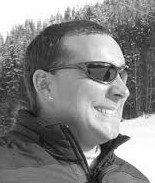 IE (Centre de Recherche en Automatique de Nancy )
IE (Centre de Recherche en Automatique de Nancy )  ,
,
***************************************
 O. Zielinski (ICBM, Oldenburg) – Allemagne
O. Zielinski (ICBM, Oldenburg) – Allemagne  : Prof. Dr. Oliver Zielinski is director of the Institute for Chemistry and Biology of the Marine Environment (ICBM) of the University of Oldenburg and head of the research group “Marine Sensor Systems”. His research activities focus on the development of innovative methods and sensors for marine observation, especially based on optical and acoustic principles. In 1999, he completed his doctorate in physics at the University of Oldenburg. After that, he moved to industry where he became scientific director and CEO of “Optimare Group”, an international supplier of marine sensor systems. In 2005, he was appointed professor at the University of Applied Science in Bremerhaven, Germany. In 2007, he became director of the Institute for Marine Resources (IMARE). After that, he returned to the University of Oldenburg in 2011. His area of research covers marine optics and marine physics, with a special focus on coastal systems, marine sensors and operational observatories while involving different user groups and stakeholders. (URLs : http://www.icbm.de, http://www.icbm.de/en/marine-sensor-systems/
: Prof. Dr. Oliver Zielinski is director of the Institute for Chemistry and Biology of the Marine Environment (ICBM) of the University of Oldenburg and head of the research group “Marine Sensor Systems”. His research activities focus on the development of innovative methods and sensors for marine observation, especially based on optical and acoustic principles. In 1999, he completed his doctorate in physics at the University of Oldenburg. After that, he moved to industry where he became scientific director and CEO of “Optimare Group”, an international supplier of marine sensor systems. In 2005, he was appointed professor at the University of Applied Science in Bremerhaven, Germany. In 2007, he became director of the Institute for Marine Resources (IMARE). After that, he returned to the University of Oldenburg in 2011. His area of research covers marine optics and marine physics, with a special focus on coastal systems, marine sensors and operational observatories while involving different user groups and stakeholders. (URLs : http://www.icbm.de, http://www.icbm.de/en/marine-sensor-systems/
- Pearlman J, Zielinski O (2017) A new generation of optical systems for ocean monitoring – matrix fluorescence for multifunctional ocean sensing. Sea Technology, 2, pp 30-33
- Miranda ML, Mustaffa NIH, Robinson TB, Stolle C, Ribas-Ribas M, Wurl O, Zielinski O (2018) Influence of solar radiation on biogeochemical parameters and fluorescent dissolved organic matter (FDOM) in the sea surface microlayer of the southern coastal North Sea. Elem Sci Anth, 6: 15. DOI: https://doi.org/10.1525/elementa.278
***************************************
 D. MILORI (EMBRAPA Instrumentation)
D. MILORI (EMBRAPA Instrumentation) 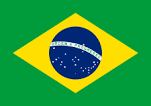 : Physicist, graduated from the University of Sao Paulo, Master and Ph.D. degrees in Physics from IFSC-USP. She has experience on Optical and Photonic methods of analysis, acting on the following subjects: soil organic matter, nutrients and contaminants and plant diseases. http://www.researcherid.com/rid/D-3875-2011.
: Physicist, graduated from the University of Sao Paulo, Master and Ph.D. degrees in Physics from IFSC-USP. She has experience on Optical and Photonic methods of analysis, acting on the following subjects: soil organic matter, nutrients and contaminants and plant diseases. http://www.researcherid.com/rid/D-3875-2011.
« Soil organic matter in podzol horizons of the Amazon region:
Humification, recalcitrance, and dating »
***************************************

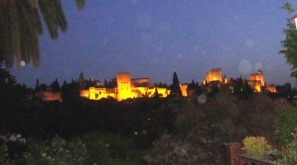
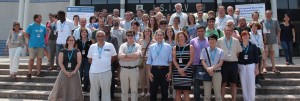
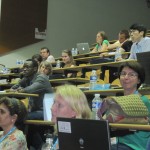
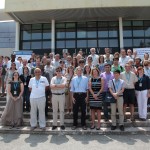
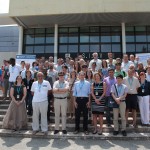
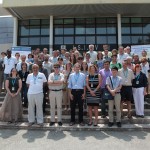
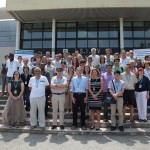

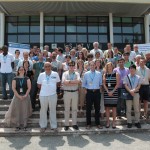
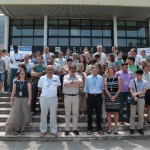
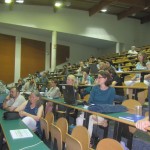
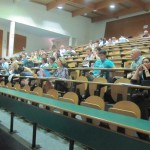
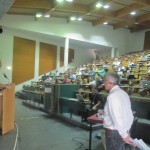
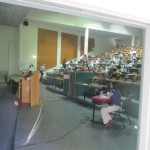
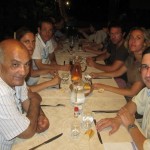
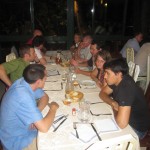
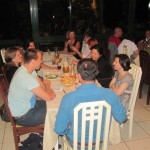
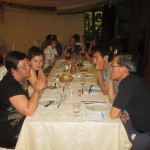
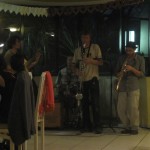
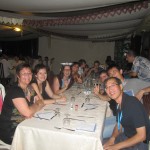
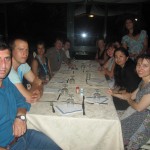
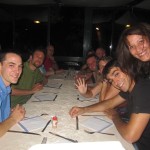
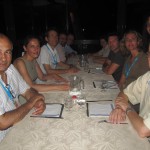
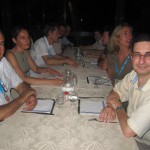

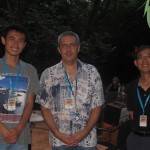
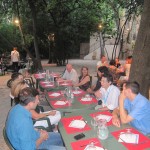
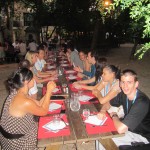
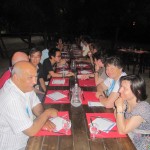
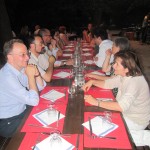
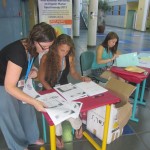
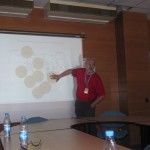
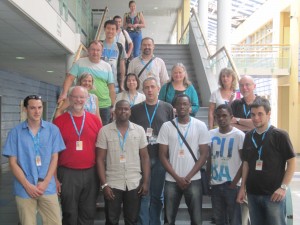
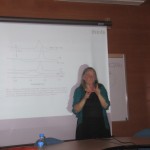
 M. Khan (Institute of Surface-Earth System Science)
M. Khan (Institute of Surface-Earth System Science)  IE (Centre de Recherche en Automatique de Nancy )
IE (Centre de Recherche en Automatique de Nancy ) 
 D. MILORI (EMBRAPA Instrumentation)
D. MILORI (EMBRAPA Instrumentation)